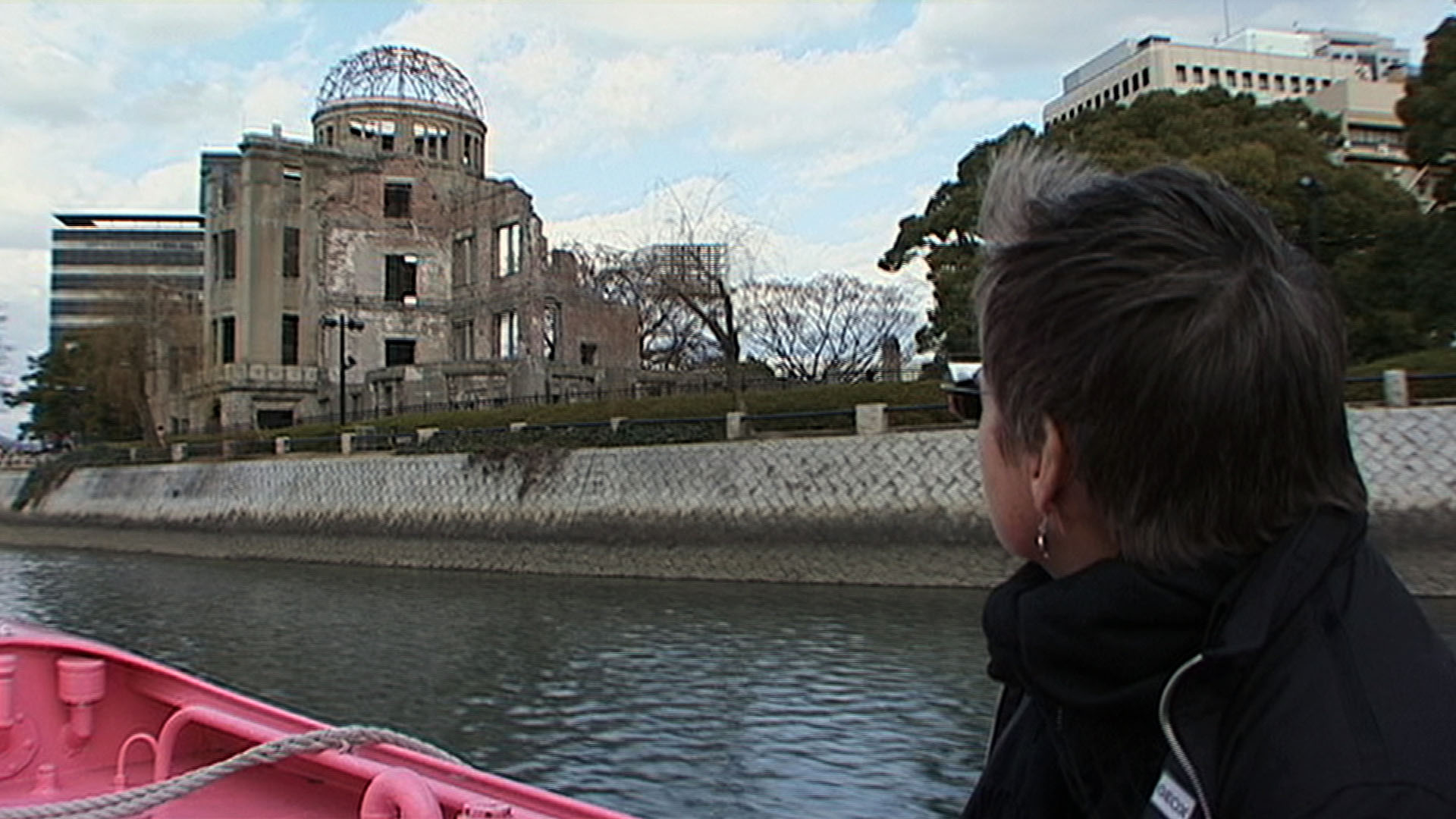In a poignant scene in the award-winning 2010 documentary "Atomic Mom," filmmaker M.T. Silvia tells the story of Sadako Sasaki, a Hiroshima atomic bombing victim, as she presents 1,000 paper cranes to Silvia's mother, Pauline, a former U.S. Navy biologist involved in radiation testing on animals in the 1950s.
The tale of Sasaki, who after being exposed to radiation in the 1945 A-bombing of Hiroshima struggled to complete 1,000 origami cranes for good luck before dying of leukemia in 1955, becomes an important opening between Silvia and her mother, and a key scene in the documentary that recounts the story of two mothers across the seas affected in different ways by nuclear power.
"Atomic Mom" traces the reconciliation between Silvia, an anti-nuclear activist since her time in a university, and her mother, who had refused for decades to discuss her work on 1953 radiation detonations during Operation Upshot-Knothole at the then-Nevada Test Site. Parallel to their personal struggle, the film reveals the story of Emiko Okada, a Hiroshima hibakusha who is inspired by her meeting with Silvia to break her lifelong silence on the nuclear tragedy as she comes to terms with the infertility of her daughter, Yukie Tominaga, which Okada blames on her childhood radiation exposure.



















With your current subscription plan you can comment on stories. However, before writing your first comment, please create a display name in the Profile section of your subscriber account page.